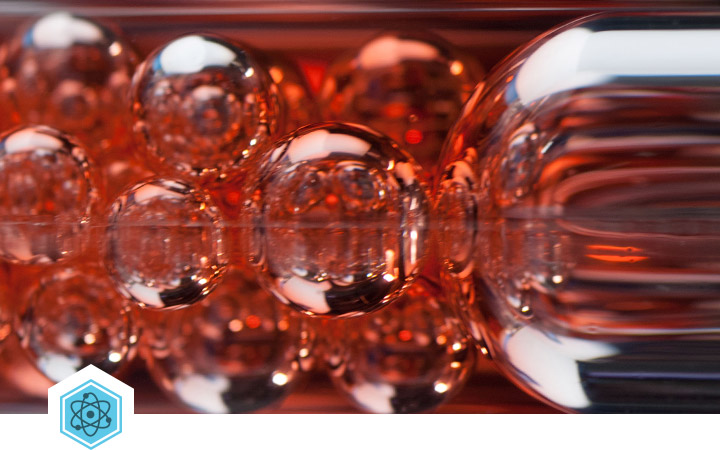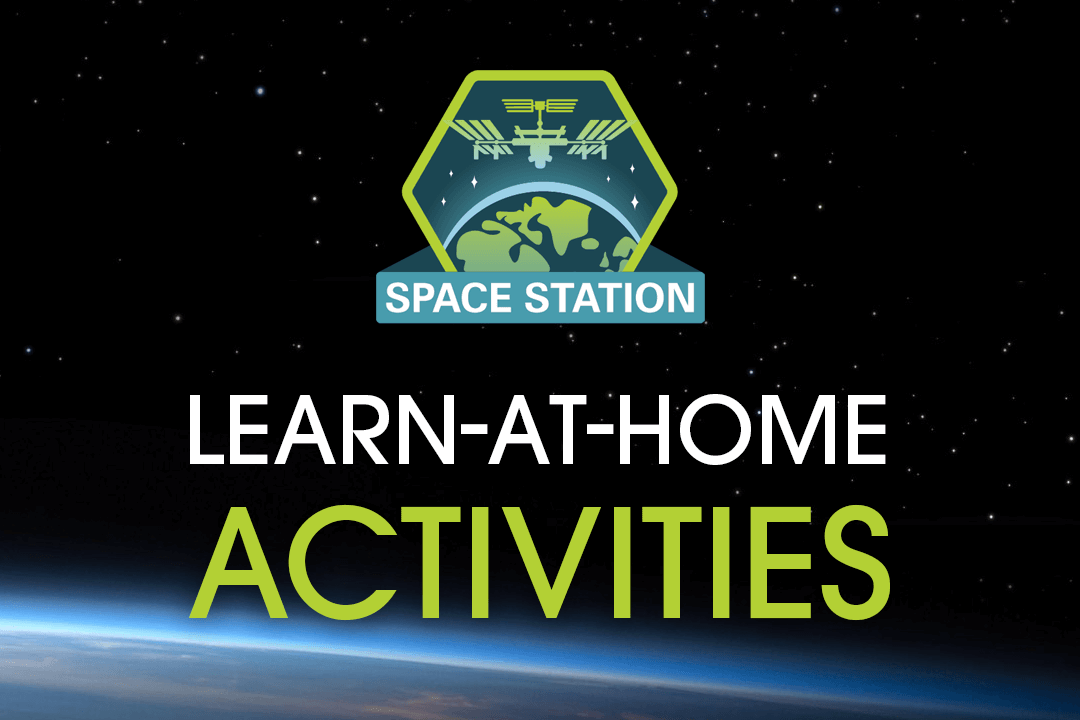Forty-nine years ago today, Apollo 11 launched on the mission that put the first people on the Moon. No women got the chance to walk on the Moon during the 1960s and 70s, but subsequent programs have sent 61 women to space so far (most recently, Serena Auñón-Chancellor—@AstroSerena on Twitter). And in a few decades, women will walk on the Moon and/or Mars!
Record-breaking astronaut Peggy Whitson shows what women can achieve in space. She was the first female Chief of the Station Operations Branch in NASA’s Astronaut Office. She was the first female commander of the International Space Station during Expedition 16 (Oct 10, 2007 – Apr 19, 2008). Her most recent spaceflight was Expedition 50/51 (November 17, 2016 – September 3, 2017). With a total of 665 days in space, Whitson has spent the most time in space of any U.S. astronaut.
In this video from Ars Technica, she talks about her experience in the space program, suggests how to ensure success in sending humans to Mars, and shares a message of inspiration for young people. The text after the video is a partial transcript with some noteworthy quotes from the video.
Quotes from the Peggy Whitson Video
When the first female astronauts were selected, it was 1978, the year I graduated from high school. And I was really impressed with that. It took my idea, my dream of wanting to be an astronaut, and made it realistic.
There was a transition time, while I was in my initial phases in the Astronaut Office, when there weren’t a lot of female spacewalkers. So I do think we were still changing at that time. Over my career, I ended up being able to do ten spacewalks. I thought that was the best part!
As the Commander [of the International Space Station], the prime responsibility is for safety of the crew and safety of the spaceship.
During Expedition 16… we had to take a module that was on one space shuttle, and move it from its temporary location to its final location, which involved using the robotic arm to move the structure around and then doing spacewalks externally to do all the thermal line connections, the data connections, and the power connections to the new module, which then enabled us to add two additional modules to the station. Each of these modules is about the size of a school bus. So they’re all pretty large, and they’re adding huge amounts of scientific capability to the space station. It was a very dynamic time period, and it was only a crew of three at that time, so it required a lot of teamwork and coordination with the ground. And because of that, I think it was a particularly satisfying time period.
[To prepare to send humans to Mars], I think we can learn a lot from going to the Moon. Right now, we’re learning a lot of lessons onboard the International Space Station about our life support systems, how are we going to get to Mars… Using conventional engines, it’ll be a nine-month trip. We have to be able to have life support systems that are going to support our crews while they get there on that journey. They’re going to spend just over a year on the surface, and then they have to do that trip back. And so the space station is our stepping stone to learn all those systems, to figure out how to fix the hardware, what hardware’s going to break, what maintenance items are we going to have to take with us, all those things.
We’re also developing our closed-loop life support system so that we don’t have to take water—we’ll recycle. Right now we’re recycling almost 85% of the water onboard the space station… We recycle our urine, and we clean it up through a water processing system and make it into drinking water.
So all these lessons we’re learning [on the ISS] because we need them to go to Mars. Once we get to Mars, learning the lessons of habitats on surfaces and dust, all those things, we could learn by trial and error if we went to the Moon first. So I think a combination of things that we’re doing right now onboard the space station, and testing out hardware and habitats on the Moon, is then going to allow us to be successful when we go to Mars.
Most people don’t know that we’ve had a human presence in orbit for eighteen years. 24 hours a day, 7 days a week, we’ve had crews up on orbit.
We’re doing some really phenomenal things up there. On this last mission I was on, I got to do some research looking at stem cell proliferation. I was growing lung cancer cells and using antibodies that were specific to those lung cancer cells but had a drug attached to them, and they were attacking those lung cancer cells. And subjectively, underneath the microscope, it looked like it was really working well. There’s some really cool day-to-day stuff that we are doing on orbit, but it’s hard to get folks interested in something that’s been going on for 18 years.
One question that I get asked frequently is, “What would you say to inspire young people?” One is find your passion. I think that’s really important. You need to love what you’re doing. Your journey in life has to be fun for you. And then work to make it happen. Don’t expect somebody to hand you the perfect job just because you dreamed about it. You actually have to work for it to make it real. And thirdly, I think part of my success has been to challenge myself to do things a little bit more outside of my comfort zone, because I think you can find out you’re capable of so much more than what you might even dream of.







